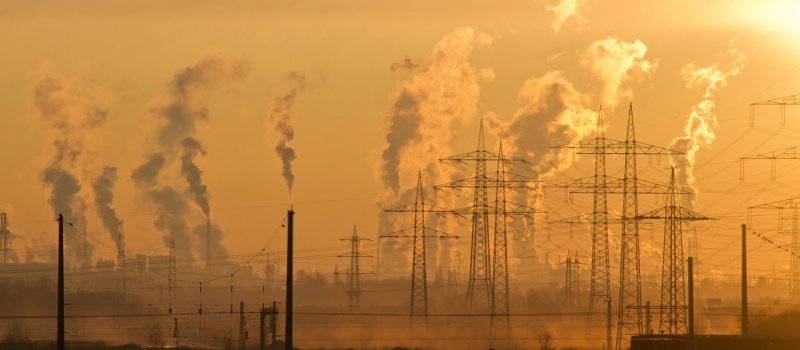Climate Crisis During the COVID-19 Pandemic
Friday, April 16, 2021 Ariana Naumovski

Climate Crisis
The term “climate crisis” has been used to describe the threats of climate change to the planet, humans, and animals. The evidence is direct and obvious; stronger and more frequent storms, rising sea levels, and increasing global temperatures just to name a few. Are we already too deep into damage to turn it around?
Whatever you want to call it; climate crisis, global warming, climate change, it all focuses on human impact on the environment. Many people believe that the climate crisis is a hoax. But 97% of the world’s climate scientists beg to differ as they agree that Earth’s climate is warming. There is clear evidence to support this. Take the most recent proof for example: Covid-19 lockdowns and quarantines.
The lockdowns implemented by many countries because of the current pandemic have had an unexpected positive effect on the environment. The silver lining in the current global pandemic is that the environment has had some time to heal. Scientists all around the world have observed the holes in Earth’s ozone layer are starting to shrink and some even close. With quarantine and lockdowns in place, many countries and cities have also seen a significant drop in pollution levels. China saw an average of 25% carbon emission reduction in just a four-week period. But this won’t be enough and it’s not realistic. We need a sustainable solution that will encourage both economic growth and environmental betterment.
Another undeniable example to support the legitimacy of global warming and the climate crisis is the melting of polar ice caps. Many climate crisis opposers will argue that this is part of the world’s natural cycle. And they’re technically not wrong. The problem with that statement, however, is that humans are progressing this warming so quickly that the Earth will not be able to sustain life as it is if it continues.
Scientists are now anticipating that by 2050, the Arctic sea will be ice free because of the consistent rise in greenhouse gas emissions. This would result in sea levels rising so high, that we will lose many cities like Venice, Miami, and other coastal cities around the world. With these cities under water, hundreds of millions of people will be displaced without a home leading to migration inland and over populating other cities. That’s not considering the economic impact this would have on national economies. It is a vicious cycle and it’s time we stop it in its tracks and possibly reverse it – and it’s not hopeless or impractical to achieve.
Instead of getting back to normal – the normal that the world had before the current global pandemic – let’s create a new normal that encourages the decrease of carbon emissions and is focused on creating a sustainable future to end human’s impact on the climate crisis. Let’s use this difficult time to rebuild economies with a shift towards green energy and sustainability.
It is possible. It is realistic. It can be achieved all while supporting our country’s economy and the global economy which has long been a fear of many climate crisis opposers. Let’s save solution talk for a different day, but for now, with the support of citizens and our government along with other country’s governments, we can take this clear evidence and continue to lessen the effects of the climate crisis on the environment, people, and animals.
https://www.ucsusa.org/resources/global-warming-happening-and-humans-are-primary-cause




